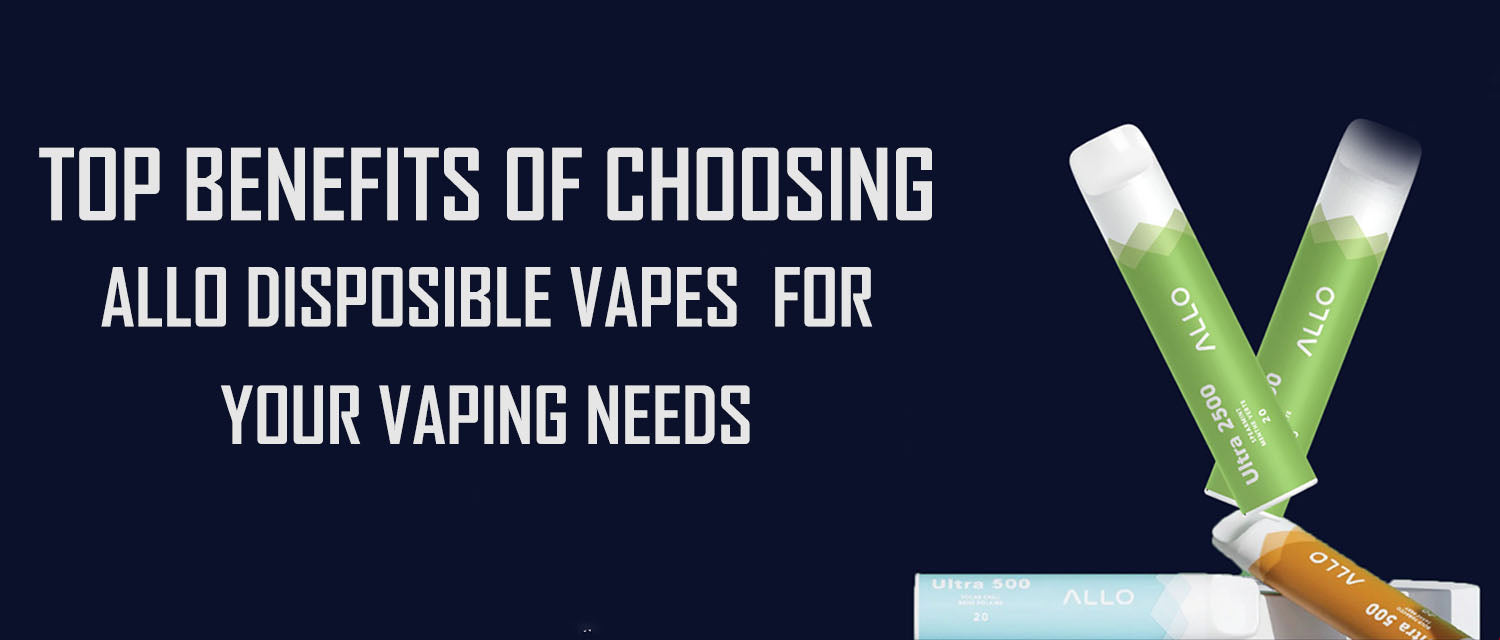
Vaping in Canada The Ultimate Guide to Laws and Regulations in 2024
In recent years, vaping has become increasingly popular among Canadians as an alternative to traditional tobacco smoking. However, with this rise in popularity comes a need for a comprehensive understanding of the laws and regulations surrounding vaping in the country.
Here we will discuss the Canadian vaping legislation in 2024, offering insights into age restrictions, retail rules, health and safety standards, and the overall impact on consumers.
An Overview of Canadian Vape Legislation
Canada has taken a proactive approach to regulating vaping to ensure the safety of consumers while also addressing concerns about youth access and addiction. The federal government, along with provincial and territorial authorities, collaborates to establish a robust framework that governs the production, sale, and marketing of vape products.
One of the key aspects of Canadian vaping legislation is the implementation of strict labeling requirements. All vape products must display health warnings, ingredient lists, and nicotine concentration levels prominently on their packaging. This transparency aims to inform consumers about the potential risks of vaping and helps them make informed decisions about their usage.
Age Restrictions and Legal Vaping Age
Age restrictions play a crucial role in preventing underage vaping and reducing the likelihood of nicotine addiction among young Canadians. In Canada, the legal vaping age varies across provinces and territories, with most jurisdictions setting the age at 19. This aligns with the legal smoking age and reflects a commitment to safeguarding youth from the harms of nicotine consumption.
Strict enforcement of age verification measures is essential to ensure compliance with vaping laws. Vape shops and retailers are required to verify the age of customers before selling vape products, whether in-store or online. Failure to adhere to these regulations can result in hefty fines and penalties for businesses, emphasizing the importance of responsible retail practices.
Retail Rules: Selling Vape Products in Canada
The retail landscape for vape products in Canada is governed by a set of stringent rules aimed at protecting consumers and promoting public health. Vape stores must obtain proper licenses and permits to operate legally, ensuring that they meet the necessary regulatory requirements.
Additionally, vape retailers are prohibited from advertising their products in a manner that appeals to minors or undermines the public health objectives of vaping regulations. This includes restrictions on the promotion of flavors that may appeal to youth and the use of misleading marketing tactics that downplay the risks associated with vaping.
Health and Safety Standards for Vaping Products
Ensuring the safety and quality of vape products is a top priority for Canadian regulators. Manufacturers are subject to rigorous testing and certification processes to ensure that their products meet established health and safety standards. This includes testing for contaminants, nicotine levels, and adherence to labeling requirements.
In addition to product testing, Health Canada provides guidance on safe vaping practices and encourages consumers to use vape products responsibly. This includes proper maintenance of devices, storage of e-liquids away from children and pets, and awareness of the signs of nicotine poisoning.
Impact of Vaping Laws on Consumers
The implementation of vaping laws in Canada has had a significant impact on consumers, both positive and negative. On one hand, the regulations have helped to reduce youth vaping rates and promote public awareness of the potential risks associated with vaping. Additionally, the enforcement of age restrictions has helped to prevent underage access to vape products.
However, some consumers have raised concerns about the limitations imposed by vaping regulations, particularly regarding flavor restrictions and marketing bans. Critics argue that these restrictions may limit consumer choice and hinder the effectiveness of harm reduction strategies.
FAQs
What are the new vaping laws in Canada?
The new vaping laws in Canada include stricter regulations on packaging and labeling, age restrictions, and advertising restrictions. These laws aim to protect public health by reducing the risks associated with vaping and preventing underage vaping.
When did vapes become legal in Canada?
Vaping products became legal in Canada in 2018 with the introduction of the Tobacco and Vaping Products Act. However, the sale and distribution of vaping products are subject to strict regulations to ensure public health and safety.
Can I bring vapes into Canada?
Yes, you can bring vaping products into Canada for personal use. However, there are limits on the quantity of nicotine-containing e-liquid that you can bring, and you must declare these products at the border. It's essential to familiarize yourself with Canadian vaping laws and regulations before traveling to ensure compliance.



Leave a comment
This site is protected by hCaptcha and the hCaptcha Privacy Policy and Terms of Service apply.